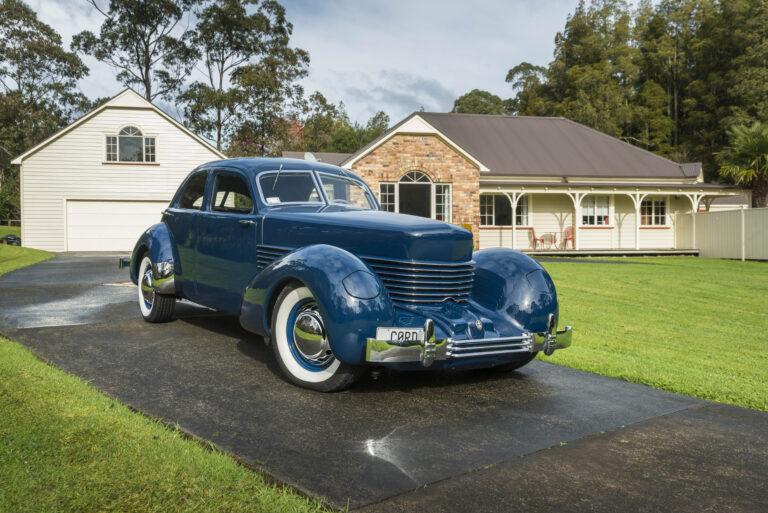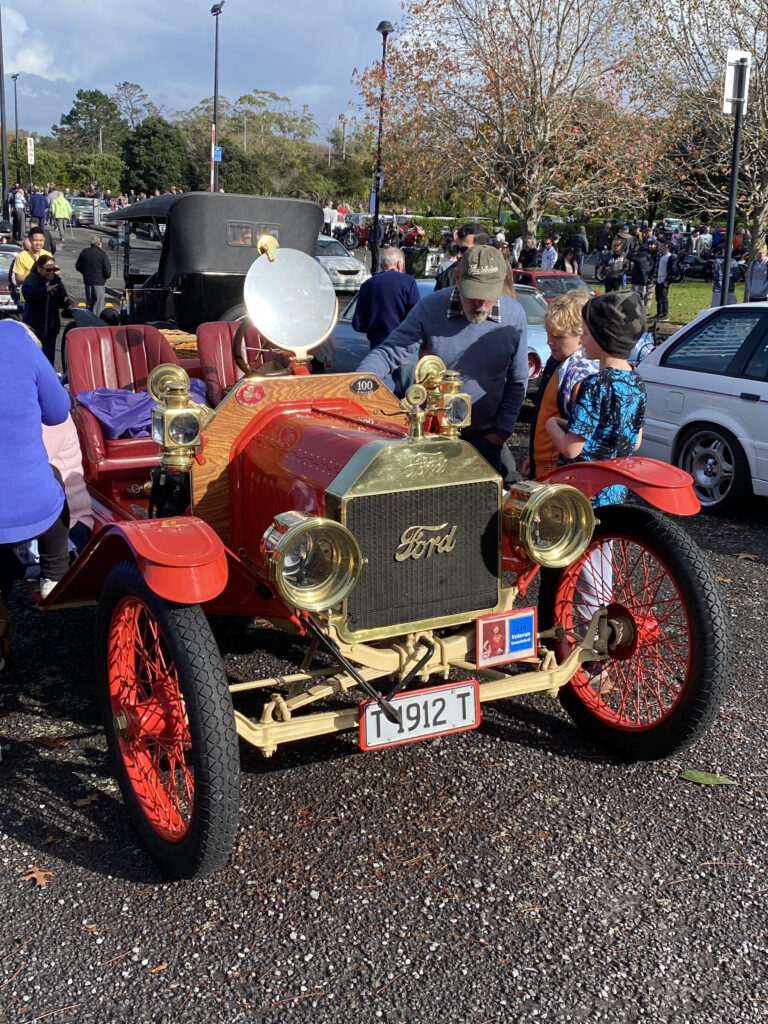At Sotheby’s upcoming New York Driven by Disruption auction (December 10), a car that has been hailed as something of a Holy Grail for car collectors will be offered for sale — the 1956 Ferrari 290 MM (chassis #0626) once raced by none other than five-time F1 world champion Juan Manuel Fangio. Sotheby’s say that this Ferrari is undoubtedly one of the greatest, most original, and most valuable cars ever offered at public auction.
Specially built by the Ferrari factory for Fangio to drive in the 1956 Mille Miglia, Fangio raced in that 1000-mile event single-handedly, finishing an impressive fourth overall. Painted in a unique factory Argentinian colour scheme, the car featured a totally new 3.5-litre V12 engine, and was one of only four 290 MMs to be built.
Furthermore, it was one of the first Ferraris raced in Europe by Phil Hill, and also heralded the beginning of Wolfgang von Trips’ Ferrari-driving career. It was also piloted to victory in the 1957 Buenos Aires 1000km race by Eugenio Castellotti, Luigi Musso, and Masten Gregory. During its illustrious career, ‘0626’ was also campaigned by other legendary names including Alfonso de Portago, Peter Collins, Olivier Gendebien, and Joakim Bonnier.
The car arrived in the US in 1957, and continued to be raced up until 1964. Following the end of its racing career, 0626 remained in the US before being acquired by the Mas du Clos collection, where it remained for almost 34 years. Ferrari Classiche–certified, this car remains the best of all the four examples built, retaining its original chassis, matching-numbers engine, gearbox, and body.
Driven by some of the greatest drivers of the 1950s, and built for possibly the greatest driver in history, this car’s originality, coupled with its extraordinary provenance and history, means that this Ferrari is one of the most desirable and valuable cars to ever come to the open market.






